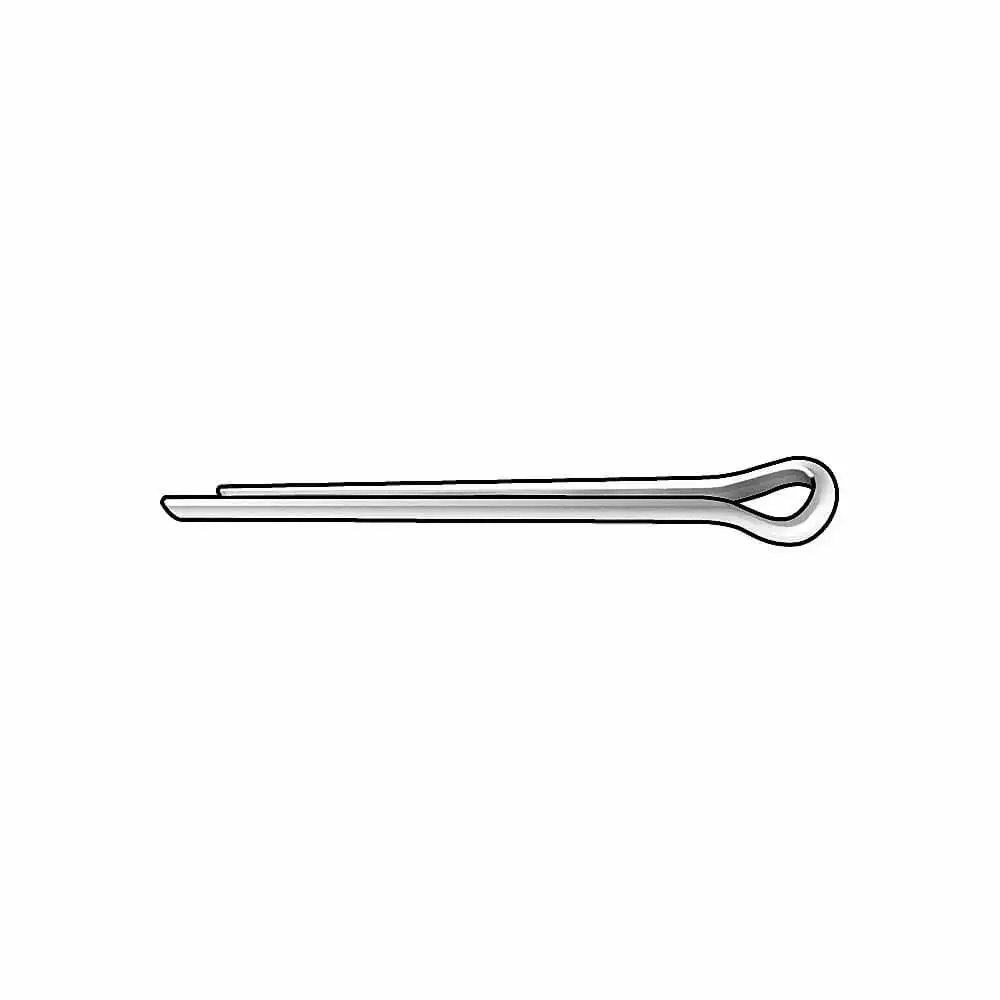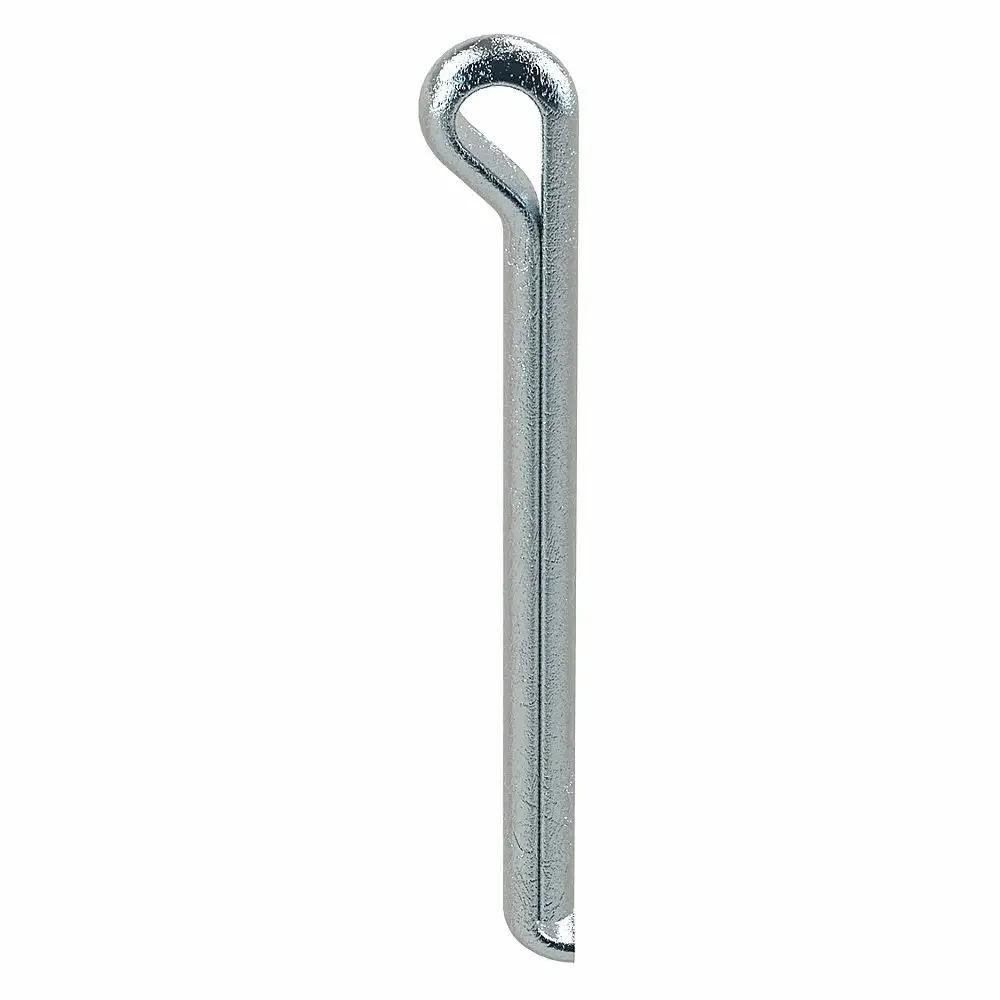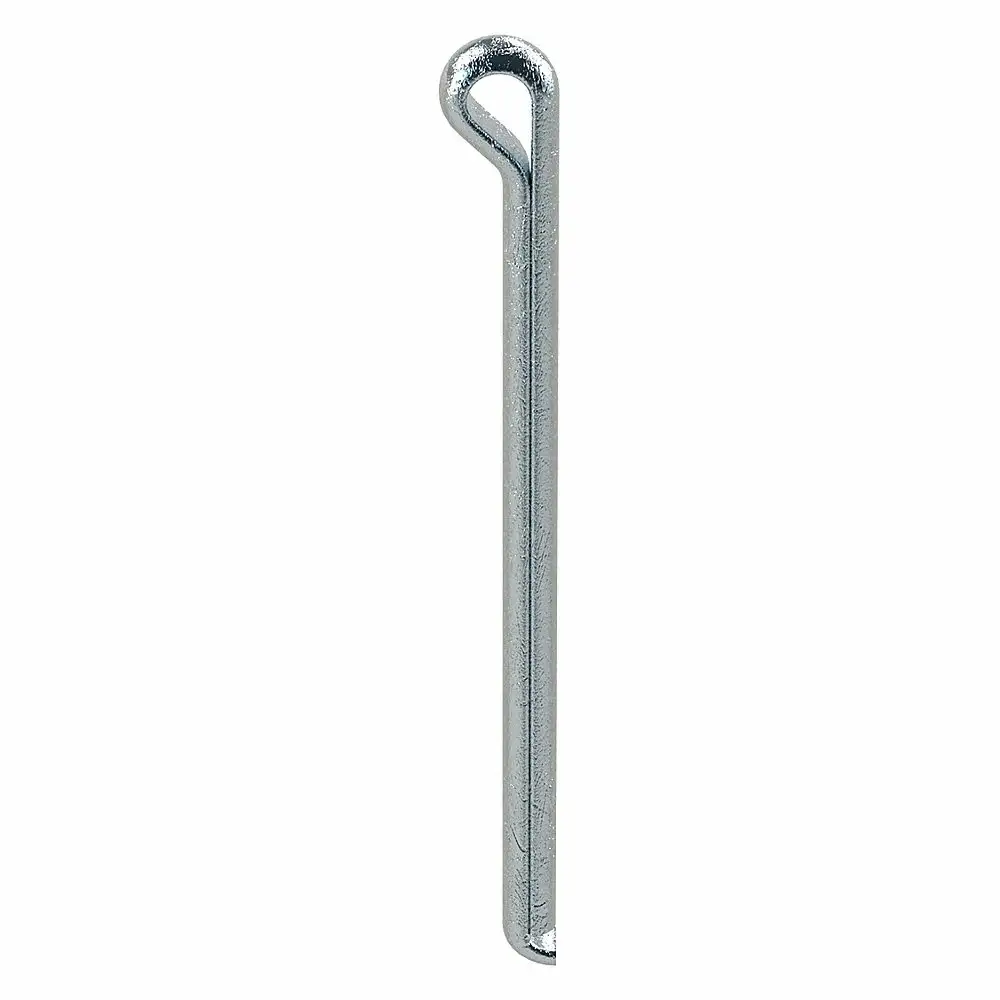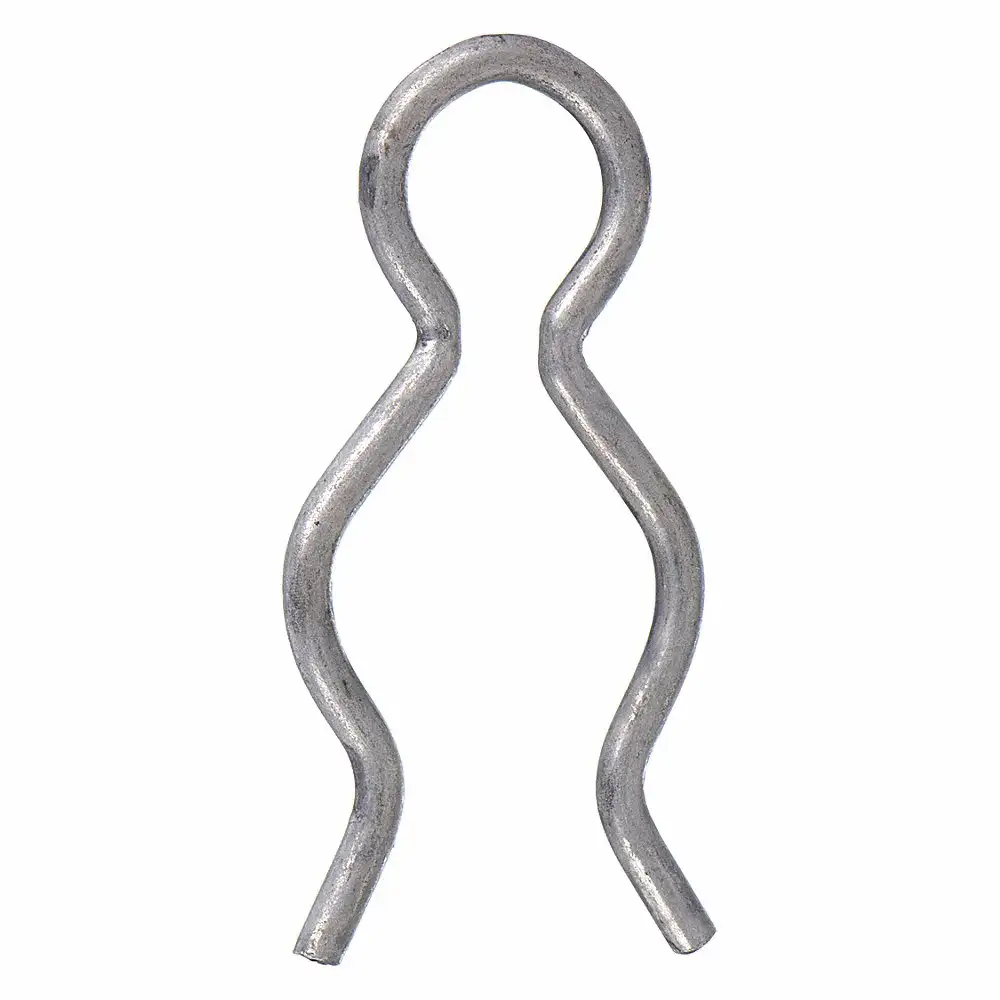| A | 2UJN7 | 1/2 to 3/4" | 1 9/16" | 1/8" | A$ 17.49 | This product can only be shipped in multiples of 10 |
| A | 2UJN8 | 1/2 to 3/4" | 1 15/16" | 1/8" | A$ 15.46 | This product can only be shipped in multiples of 10 |
| A | 2UJN5 | 1/2 to 3/4" | 2.5" | 3/32" | A$ 13.96 | This product can only be shipped in multiples of 10 |
| A | 2UJN1 | 1/4 to 1/2" | 1.125" | 3/32" | A$ 10.60 | This product can only be shipped in multiples of 10 |
| A | 2UJL1 | 1/4 to 1/2" | 1 5/16" | 1/16" | A$ 10.39 | This product can only be shipped in multiples of 10 |
| A | 2UJN2 | 1/4 to 1/2" | 1.625" | 3/32" | A$ 9.68 | This product can only be shipped in multiples of 10 |
| A | 2UJK6 | 1/4 to 3/8" | 1 9/16" | 3/64" | A$ 8.77 | This product can only be shipped in multiples of 10 |
| A | 2UJL6 | 1/4 to 3/8" | 1.187" | 5/64" | A$ 8.37 | This product can only be shipped in multiples of 10 |
| A | 2UJL4 | 1/4 to 3/8" | 1.187" | 5/64" | A$ 7.46 | This product can only be shipped in multiples of 10 |
| A | 2UJP2 | 3/4 to 1-1/8" | 2.875" | 1/8" | A$ 24.81 | This product can only be shipped in multiples of 10 |
| A | 2UJP7 | 3/4 to 1-1/8" | 3 5/16" | 9/64" | A$ 29.88 | This product can only be shipped in multiples of 10 |
| A | 2UJP3 | 3/4 to 1-1/8" | 3.125" | 1/8" | A$ 14.00 | This product can only be shipped in multiples of 10 |
| A | 2UJR2 | 3/4 to 1-1/16" | 3.5" | 11/64" | A$ 21.96 | This product can only be shipped in multiples of 10 |
| A | 2UJL7 | 3/8 to 1/2" | 1 9/16" | 5/64" | A$ 11.12 | This product can only be shipped in multiples of 10 |
| A | 2UJL2 | 3/8 to 1/2" | 1 9/16" | 1/16" | A$ 13.13 | This product can only be shipped in multiples of 10 |
| A | 2UJN4 | 3/8 to 5/8" | 2 5/16" | 3/32" | A$ 11.22 | This product can only be shipped in multiples of 10 |
| A | 2UJK9 | 3/16 to 1/4" | 31/32" | 3/64" | A$ 4.47 | This product can only be shipped in multiples of 10 |
| A | 2UJP6 | 5/8 to 1" | 2 15/16" | 9/64" | A$ 26.93 | This product can only be shipped in multiples of 10 |
| A | 2UJR1 | 5/8 to 1" | 3.25" | 11/64" | A$ 17.87 | This product can only be shipped in multiples of 10 |
| A | 2UJP4 | 5/8 to 3/4" | 2.75" | 9/64" | A$ 25.72 | This product can only be shipped in multiples of 10 |
| A | 2UJN9 | 5/8 to 7/8" | 2.5" | 1/8" | A$ 23.67 | This product can only be shipped in multiples of 10 |
| A | 2UJL8 | 5/16 to 3/8" | 1.625" | 3/32" | A$ 8.69 | This product can only be shipped in multiples of 10 |
| A | 2UJN6 | 5/16 to 3/8" | 1.25" | 7/64" | A$ 17.72 | This product can only be shipped in multiples of 10 |
| A | 2UJL3 | 5/16 to 3/8" | 1 3/32" | 5/64" | A$ 10.56 | This product can only be shipped in multiples of 10 |
| A | 2UJR3 | 7/8 to 1" | 3.5" | 11/64" | A$ 26.87 | This product can only be shipped in multiples of 10 |
 £ GBPChange Country
£ GBPChange Country
























